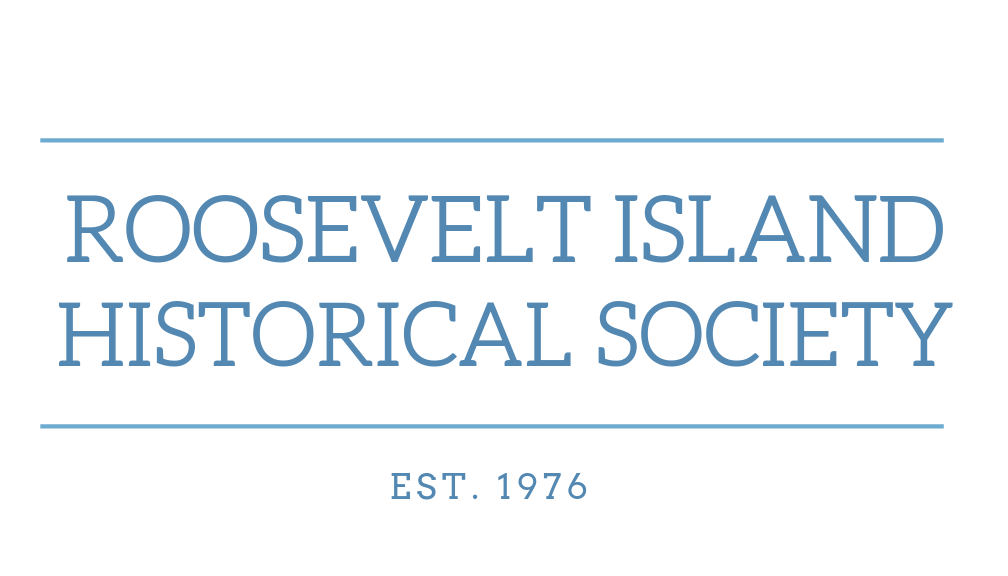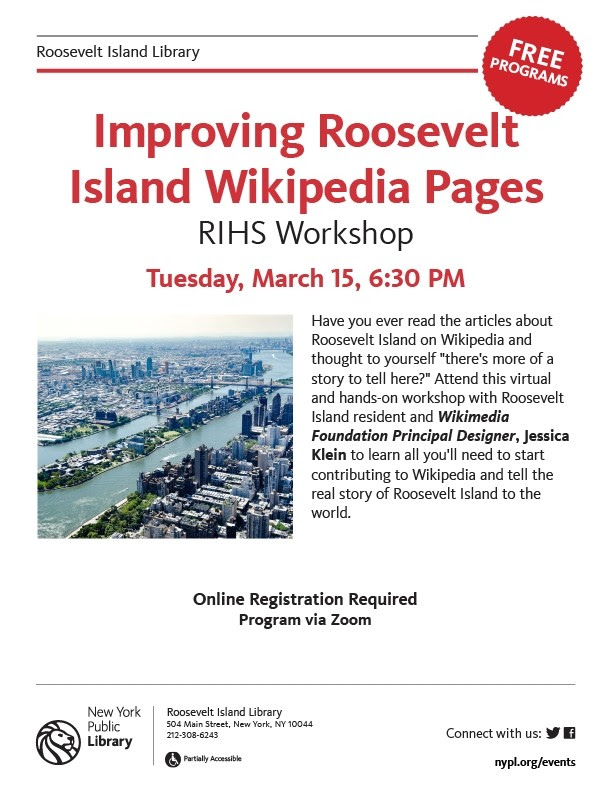Thursday, March 3, 2022 – ITS COLORFUL HISTORY IS LITTLE KNOWN ABOUT FLOYD BENNETT FIELD


FROM THE ARCHIVES
THURSDAY, MARCH 3, 2022
612th Issue
THE MOST FAMOUS
AIRPORT
IN NEW YORK
STEPHEN BLANK
Admittedly a bit of a trick. Anyone who travels knows about JFK, and LGA is known, too, not least for Joe Biden’s comment a “third world airport”. But did “Wrong Way Corrigan” fly out of JFK? How many world flight records were shattered at LGA? There’s only one answer: Floyd Bennett Field. Never heard of it. Stay glued. This is a good tale, and it ends with a mystery.
First, FBF is in Marine Park, Brooklyn, along the shore of Jamaica Bay. It was created by connecting Barren Island and several smaller islands to the rest of Brooklyn with sand pumped from the Bay.

https://www.tclf.org/floyd-bennett-field
Why? One reason was that Charles Lindbergh did not take off from New York City on his historic solo flight to Paris. The City missed the reflected glow of Lindbergh’s triumph. Unlike other cities such as Atlantic City and Cincinnati, New York didn’t have a municipal airport. New York did have many private airfields, and, in the earliest days of few regularly scheduled commercial airflights, no one thought we needed a municipal field as well.
Several official bodies did recommend that NYC build its own airport, but this was ignored until the construction of Newark Municipal Airport. As the best equipped airport in the area, US Postal Service designated Newark as the airmail terminal for the New York City area. Recall that airline traffic was funded mainly by Washington’s airmail business rather than by passengers. So, we lost twice – the prestige of a new airport and postal funds to support airlines. (This is why the DC-3 was revolutionary, because it carried enough passengers to support a profit-making business.)
In mid-1927, a Washington committee identified six met area locations where an airport might be built. Debate followed, and Congressman (and future mayor) Fiorello La Guardia pushed for a commercial airport on Governors Island, as it was closer to Manhattan and located in the middle of the Harbor. He introduced a resolution in Congress to do this, but it was voted down.
Finally, Barren Island was chosen. Few people lived there, and it was owned by the City which had already spent $100 million between 1900 and 1927 to construct a seaport in Jamaica Bay – the project was abandoned, but land had already been dredged land for shipping channels. No obstructions existed nearby and being on Jamaica Bay would allow seaplanes to use the airport – and seaplanes were the leaders in commercial aviation at this time. Hopefully, the airport would spur development of Jamaica Bay, since the seaport had been dropped.
FBF would be a big deal, top of the line airport, accommodating airplanes and seaplanes. Planners wanted a best rating from the Department of Commerce. In order to secure an “A1A” rating, FBF had the country’s longest concrete runway, an 8-inch-thick layer of reinforced concrete, gravel drainage strips, 200-foot-wide, twice the minimum runway width mandated by the Department of Commerce. Its runways, at a time when most airports still had dirt runways and no night landings, made the airport among the most advanced of its day, as did its comfortable terminal facilities with numerous amenities. These amenities included an underground tunnel for passengers to make their way to the runway without getting wet or windblown
The airport was named after Floyd Bennett, a noted aviator who piloted the first plane to fly over the North Pole and had visualized an airport at Barren Island before dying in 1928. Bennett Field construction started the same year. The airport was dedicated on June 26, 1930, and officially opened to commercial flights on May 23, 1931.

As a commercial airport, FBF never got off the ground. Bennett Field suffered from its poor location in outer Brooklyn. There were no limited-access roads between Manhattan and the airport, and the only direct route from Manhattan to Bennett Field was Flatbush Avenue, a congested street with local traffic throughout its length. This was exacerbated by the fact that the bus-to-subway connection did not occur until 1940.
And airmail. LaGuardia pushed for Floyd Bennett Field to replace Newark Airport as the city’s main air terminal but failed. Since commercial passenger traffic followed airmail, no regularly scheduled commercial passenger airlines were based at FBF. So, in 1933, while Newark carried 120,000 airline passengers, 1.5 million pounds of mail, and 425,000 pounds of express mail, Bennett carried 52 airline passengers, 98 bags of mail, and 100 pounds of express.
But FBF was heavily used by civil aircraft. In 1932, it had become “the most desirable American Field as an ocean hop terminal”. At least four transatlantic flights had occurred there that year, and at least four more flights were scheduled for 1933. By 1933, Floyd Bennett Field accommodated more flights than Newark Airport: 51,828 arrivals and departures, compared to 19,232 at Newark. By number of flights, Bennett Field was the second-busiest US airport that year, behind only Oakland International Airport in California.
Floyd Bennett Field was a perfect spot for aviation pioneers and daredevils to launch their flights, and many trans-continental, trans-Atlantic and round the world flight records were set and broken here. Famous aviators flew here – Roscoe Turner, Wiley Post (the first solo flight around the world, took off and landed here in front of crowds of 50,000 fans), Howard Hughes broke the world record for flying around the world departing from FBF on his Lockheed Super Electra.

Howard Hughes arrives at Floyd Bennett Field. (Photo: Bettmann/Getty Images)
FBF was the finishing line for the Bendix Trophy Race a key transcontinental competition. Women were active aviators here and in the 1936 Bendix Race, women won three of the top five places. Beryl Markham, the Kenyan novelist, and Jacqueline Cochran were prominent women aviators who set records at Bennett field.

Contestants before the 1933 Annette Gipson all woman’s race
Amelia Earhart and Charles Lindbergh took part in FBF events but perhaps the best remembered flight from FBF was Douglas Corrigan’s “mistaken” flight to Ireland on July 17, 1938. Long story, but Corrigan claimed that his planned non-stop cross-country flight in a $325 used plane went awry, and he found himself en route across the Atlantic rather than the continent. Forever, Floyd Bennett Field would be identified with “Wrong way Corrigan”.

”Wrongway” Corrigan and his plane before the trip https://en.wikipedia.org/wiki/File:Wrong_Way_Corrigan.jpg
FBF crowds cheered him upon his return and The New York Post even published the headline of the newspaper backwards.

https://en.wikipedia.org/wiki/File:Wrong_Way_Corrigan.jpg
| In 1938, the Navy, which already occupied part of Bennett Field, began to expand its facilities there. As the Navy operation grew, all private airlines were ordered to leave, and all remaining residents on Barren Island would be evicted. On May 26, 1941, the airport was closed to all commercial and general aviation uses, and a week later, the Navy opened Naval Air Station New York with an air show that attracted 30,000 to 50,000 attendees. During the war, the miliary used FBF extensively. NAS New York functioned as a support and training base for Naval and Marine units throughout the postwar period. With the Vietnam War over, the military said it would vacate the airport. Mayor Lindsay wanted to convert it to a commercial airport and Governor Rockefeller wanted to make it into a mall, industrial park and housing development. Long story short, Bennett Field became part of the Gateway National Recreation Area’s Jamaica Bay Unit and is managed by the National Park Service. Now some mysteries. The City’s Department of Docks was responsible for construction. We don’t know who the architect was, but we are told that the admin building (now Ryan Visitors Center) was a masterpiece. The outside of the main building (ae the top) has some Art Deco elements, but on a colonial revival or Neo-Georgian base. The inside design was influenced by Art Deco and Egyptian art, which was an influence on art deco. But I could find no photo record. The WPA was involved in construction. The City seems to have made some sharp deals. In 1936, the federal government contributed $4.7 million toward Bennett Field’s expansion, while the city spent only slightly more than $339,000. The WPA was also central in the most interesting mystery. Four large murals with the theme “The History of Flight” were commissioned from the WPA’s Federal Art Project. |
 |
The murals were not delivered until May 1940, after the Navy had taken control of the airport. Civic and patriotic groups immediately attacked them as Communist propaganda. They argued, for example, that the murals show the Wright brothers at Kitty Hawk in Russian peasant costumes, a likeness of Stalin, that people in another panel seem “strangely un-American in expression and garb” and that they “stand with upraised fists, the Communist salute”. Several reports say that one mural was created by Diego Rivera and that Arshile Gorky was working on another. These seem both highly unlikely.
Another report says that Colonel Brehon Somerveil, WPA Administrator, ordered them taken down and burned for being “socialist propaganda.” (Given Somerveil’s hard anti-communist views, this would not be surprising.) The Times says that Somerveil dismissed one artist on the project (Thomas Corwin) “for preparing Communist propaganda” and dismissed his supervisor for “incompetence” in submitting Corwin’s work.
Alas, we don’t know what the murals actually looked like. Several images can be found, but it’s not clear if these are the Bennett field murals. Both from Wikipedia.



THURSDAY PHOTO OF THE DAY
SEND YOUR ANSWER TO ROOSEVELTISLANDHISTORY@GMAIL.COM

WEDNESDAY PHOTO OF THE DAY
NEW YORK CHAMBER OF COMMERCE YESHIVA UNIVERSITY, WASHINGTON HEIGHTS
LAURA HUSSEY GOT IT RIGHT!!!

Text by Judith Berdy
Thanks to Bobbie Slonevsky for her dedication to Blackwell’s Almanac and the RIHS
Thanks to Deborah Dorff for maintaining our website
Edited by Deborah Dorff
All image are copyrighted (c)
Sources
STEPHEN BLANK
All image are copyrighted (c) Roosevelt Island Historical Society unless otherwise indicated
https://www.nps.gov/gate/learn/historyculture/floyd-bennett-field-historic-flights.htmhttps://www.adirondackalmanack.com/2010/07/floyd-bennett-a-local-aviation-legend.htmlhttps://www.atlasobscura.com/articles/theres-an-art-deco-airport-lying-ruined-in-brooklynhttps://www.rockawave.com/articles/ryan-center-floyd-bennett-field-thrill-and-romance-of-a-bygone-era/
https://cgaviationhistory.org/chapter-6-famous-aviators-of-floyd-bennett-field/
http://www.jbrpc.org/calendar-layout/2019/10/20/open-house-new-york-floyd-bennett-field-ryan-visitor-center
New York Times, July 7, 1940
FUNDING PROVIDED BY ROOSEVELT ISLAND OPERATING CORPORATION PUBLIC PURPOSE GRANTS CITY COUNCIL REPRESENTATIVE BEN KALLOS DISCRETIONARY FUNDING THRU DYCD


Copyright © 2022 Roosevelt Island Historical Society, All rights reserved.Our mailing address is:
rooseveltislandhistory@gmail.com

Leave a comment